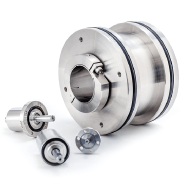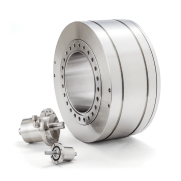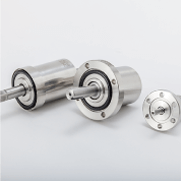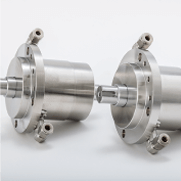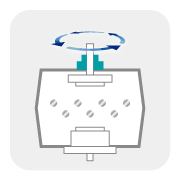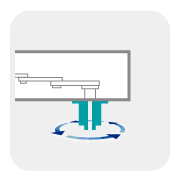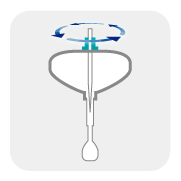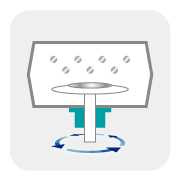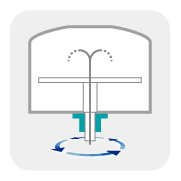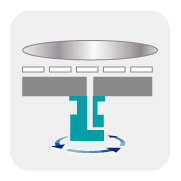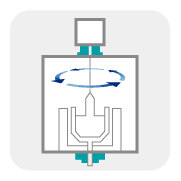-
- Vacuum Seals
- Quartz Products
- Ceramics
- SiC Parts (CVD-SiC)
- Silicon Parts
- EB Components
- Vacuum Coating System
- Silicon Wafers
- Reclaim Wafer
- Process Tools Parts Cleaning
- Single Crystal Silicon Ingot Puller
- Quartz Crucibles
- Ferrofluid
- Thermo-electric Modules
- Chillers
- Thermistors
- Power Electronic Substrates
- Photovoltaic Silicon
- Saw Blades
- Industrial Knives and Cutters
- CMS
- Industrial Laundry Machine">
-
- Vacuum Seals
- Quartz Products
- Ceramics
- SiC Parts (CVD-SiC)
- Silicon Parts
- EB Components
- Vacuum Coating System
- Silicon Wafers
- Reclaim Wafer
- Process Tools Parts Cleaning
- Single Crystal Silicon Ingot Puller
- Quartz Crucibles
- Ferrofluid
- Thermo-electric Modules
- Chillers
- Thermistors
- Power Electronic Substrates
- Photovoltaic Silicon
- Saw Blades
- Industrial Knives and Cutters
- CMS
- Industrial Laundry Machine
- The Equipment Related Business
- Electronic Device Business
- Photovoltaic Related Products
- Other Related Business
The Equipment Related BusinessEssential Devices in the Manufacturing Process
Vacuum Seals
Ensuring a Sealed Environment with no Contamination
The vacuum seals which use ferrofluid to enable transmission of rotational movement into the vacuum atmosphere are used in the manufacturing process of semiconductors, FPD, LED, and solar cells. They account for the company's core, and are used mainly in the etching and deposition processes of semiconductor wafers, as well as in the rotary mechanisms of delivery robots for FPD panels, isolating the sealed space from the outside, while precisely transmitting the necessary power for processing.
Industries that use these technologies
| Audio | Automotive | Electronics | Medical Equipment | Home Appliance | Other Industries | |
|---|---|---|---|---|---|---|
| The Equipment Related Business | ||||||
| Vacuum Seals |
|
|
|
|||
| Quartz Products |
|
|
|
|||
| Ceramics |
|
|
|
|||
| SiC Parts (CVD-SiC) |
|
|
|
|
||
| Silicon Parts |
|
|
|
|||
| EB Components |
|
|
||||
| Vacuum Coating System |
|
|
||||
| Silicon Wafers |
|
|||||
| Process Tools Parts Cleaning | ||||||
| Electronic Device Business | ||||||
| Ferrofluid |
|
|
|
|
|
|
| Thermo-electric Modules |
|
|
|
|
||
| Power Electronic Substrates |
|
|
|
|
||
Detailed Information on this Technology
- Ferrotec USA
- Ferrotec Ferrofluidic Seals and Vacuum Rotary Feedthrough Solutions
- https://seals.ferrotec.com
Web
Manufacturing Bases
Case Examples of Vacuum Seal
Etching Equipment
Etching is a surface processing method that uses the corrosive effect of a chemical solution or reactive gas. In semiconductor manufacturing it is used as a method to remove thin films in the patterning process of wafers. There is dry etching, which uses gas turned into plasma to accelerate ions to scrape away film by scientific reaction, and wet etching, which utilizes the corrosive effects of acid and alkali.
